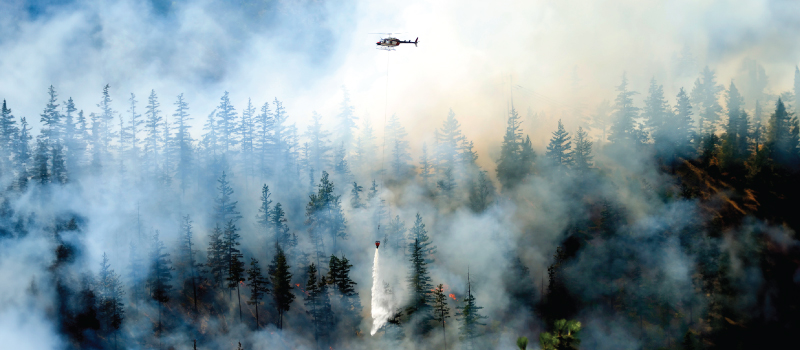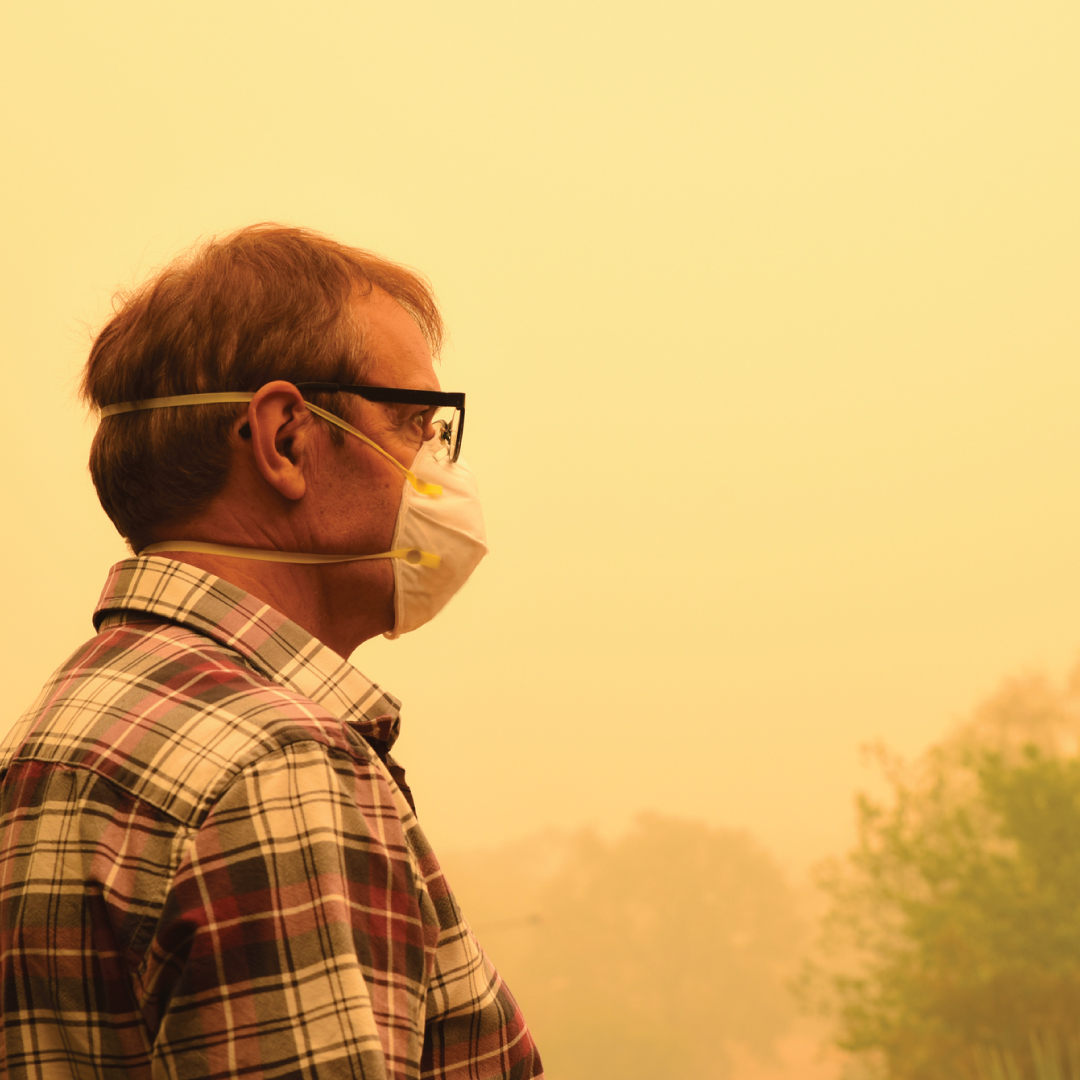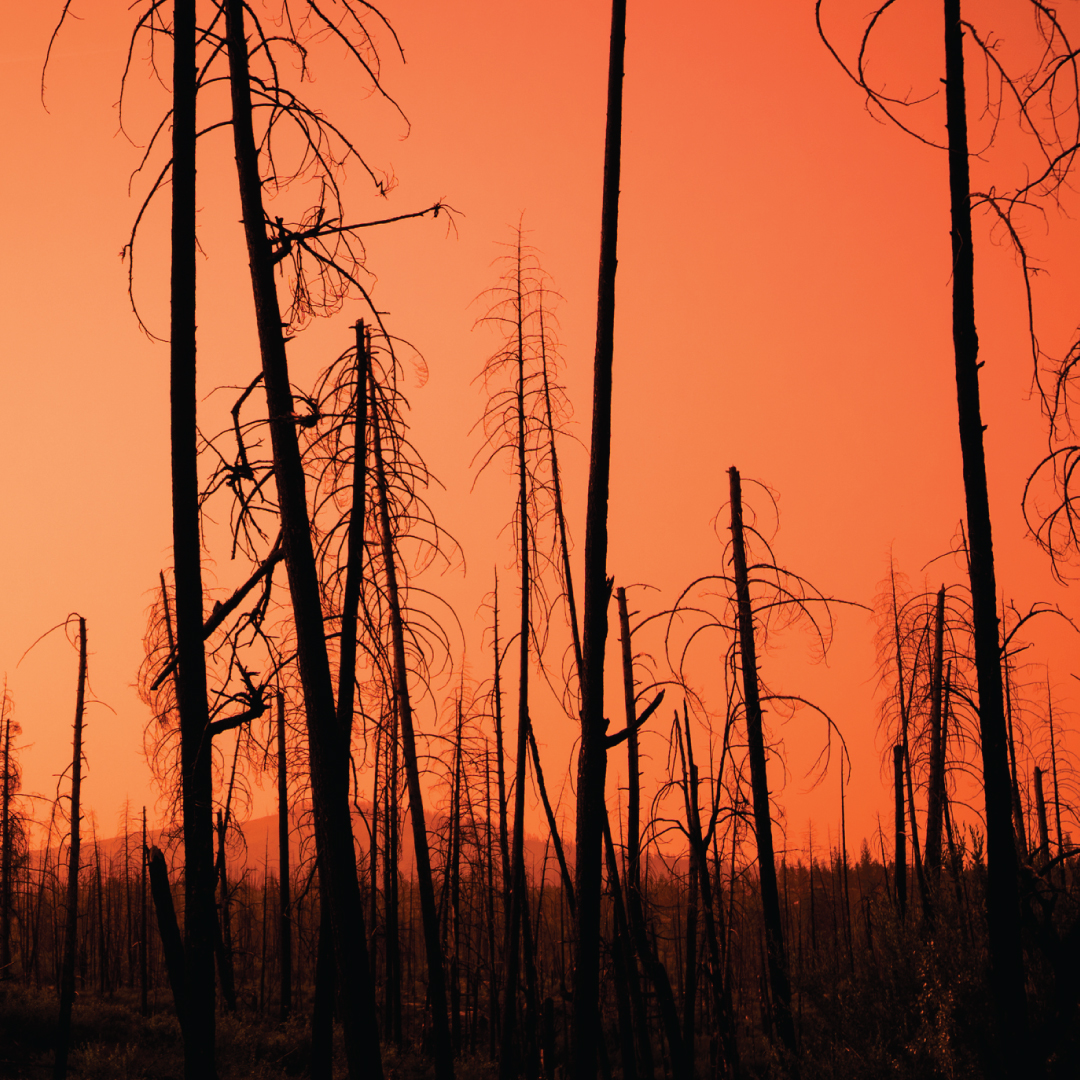
Blazes coast to coast, severe smoke and mass evacuations. That is the new reality of Canada’s wildfire season — which ramps up in late spring and extends into the fall, in some cases leaving “zombie fires” burning under snow all winter.
The impact on homes and habitats is evident. In 2023, a record-breaking 18.5 million hectares were devastated by more than 6,500 fires burning from British Columbia to Nova Scotia.
But wildfires also threaten both health and the health systems Canadians count on for help. An abnormally dry winter and worsening drought conditions have raised serious concerns about what’s in store this year. And questions about how prepared the health system is to respond.
Dr. Courtney Howard is an expert in planetary health and an emergency physician in Yellowknife, where 20,000 people — including patients at her hospital — were evacuated last year due to encroaching fires.
“Climate change affects the health of every patient we will ever see, as well as each one of us and all of the people we love — and most of us were not taught about it at medical school,” she says. “We are not ready.”
Health risks from wildfires
Data from the latest Lancet Countdown on climate change and health showed that from 2018 to 2022, the average Canadian experienced more than two days of exposure to “very high” or “extremely high” wildfire danger, a 116% increase compared to the historical baseline. Exposure to wildfire smoke increased by 220%.
Local displacements are one result of wildfires, which can cause severe psychological distress and post-traumatic stress. Wildfire smoke is known to increase asthma, chronic obstructive pulmonary disease and is increasingly associated with increased cancer rates over the long term. There is also emerging evidence that shows an impact on cognitive function and brain activity.
At the height of Australia’s catastrophic bushfire season in 2019-20, dubbed Black Summer, air quality readings in Sydney were equivalent to smoking 37 cigarettes in a day. Studies have found exposure to wildfire smoke while pregnant is associated with an increased incidence of preterm birth and a reduction in birth weight.
Air pollution can even affect respiratory health hundreds of kilometers away. Smoke from the 2023 wildfires in Quebec has been associated with increased asthma-related visits to emergency departments in New York.
“Every physician needs to understand the Air Quality Health Index and how to counsel patients when it’s smokey outside,” says Dr. Howard, adding that this includes understanding options for air filtration devices, how to use N-95 masks and what to do if you have a condition like asthma. “Health Canada has excellent materials to help counsel patients.”


How health care systems can prepare for wildfire season
It’s also essential for hospitals and other health care settings to mitigate the risks from wildfires.
Canada’s health care facilities are among the oldest public infrastructures in use: almost 50% of were built more than 50 years ago, making them especially vulnerable to extreme climate events.
“During wildfire season, a lot of operating rooms have had to close because of smoke,” says Dr. Howard.
Damage to surrounding areas is also a threat — access to medical supplies, food, water and fuel can be put in jeopardy, making it crucial for hospitals to have backup plans in place.
Why we need climate-resilient health systems — now
Air scrubbers or HEPA (high-efficiency particulate air) filters are one source of protection. In 2008, California wildfires engulfed the Providence Holy Cross Medical Centre, affecting not only patients there but transfers from neighboring hospitals. But thanks to HEPA filters purchased for pandemic preparedness, it was able to stay open.
In the case of an advancing fire, robust evacuation plans can save lives. In 2017, another wildfire in California caused the evacuation of the Kaiser Permanente Santa Rosa facility. As a result, staff now have a routine and rehearsed command structure to respond to wildfires at a moment’s notice. Hospital leaders suggest having a dedicated position for emergency management, and starting evacuation procedures even before hearing orders to leave.
In Canada, Dr. Howard helped develop Canada’s National Adaption Strategy. “Now we need to roll it out quickly to inform work at the front line,” she says.
Climate shocks at a national level
To address the broader health impacts of climate change, the Canadian Medical Association (CMA) is advocating for a net-zero emissions health system by 2050.
Part of this work is a call for the federal government to establish a national secretariat for climate and health to collaborate with provinces, territories and Indigenous Peoples. This secretariat would facilitate and coordinate the creation of climate-resilient and low-carbon sustainable health systems.
The CMA has also signed on to Academic Health Institutions’ Declaration on Planetary Health, an action plan which climate resilience and net-zero care issues at the centre of medical practice.
“We have been treating climate-amplified events as episodic — but that’s not the reality. We know the planet will continue to warm,” says Dr. Howard, a CMA board member. “Work towards resilient health systems and a healthy planet is an incredible opportunity for impact.”
